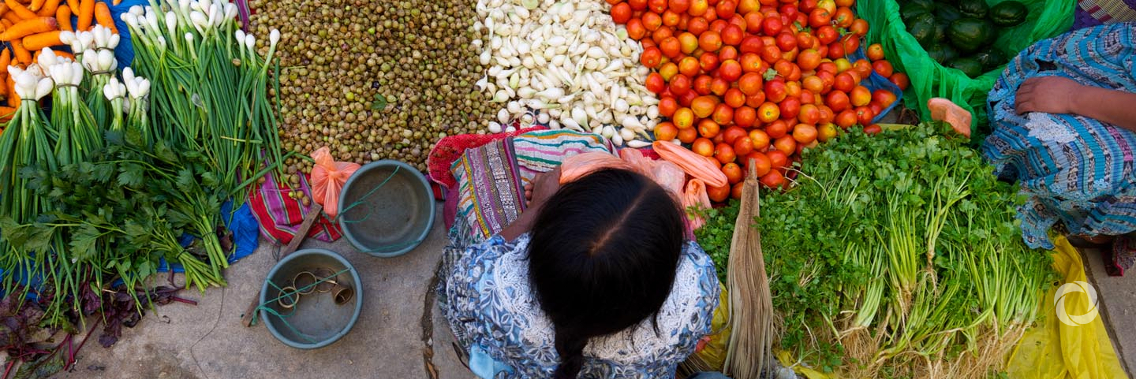FAO and the Global Alliance for Improved Nutrition (GAIN) have agreed to join forces to increase the availability and affordability of nutritious food for all in developing countries.
The partnership aims to enable inclusive and efficient agricultural and food systems, focusing on new approaches which engage small and medium enterprises (SMEs) to promote market-based solutions as a key tool for improved nutrition.
FAO and GAIN will also work to make urban food systems more nutrition-sensitive, through support to GAIN’s Urban Governance for Nutrition Program and FAO’s Urban Food Agenda.
At present, more than 50 percent of the world’s population lives in urban areas and it is expected to rise to 70 percent by 2050. This creates an enormous challenge to food production and supply. Food and nutrition security of poor urban populations remains at risk as a consequence of the volatility and rapid increases in food prices, natural disasters and climate change effects.
Referencing the recent General Assembly resolution on “Global health and foreign policy: a healthier world through better nutrition,” FAO Director-General José Graziano da Silva called for greater promotion of healthy diets.
“We must focus more attention on the promotion of healthy diets, especially now with the epidemics of obesity and overweight. We know the main causes of hunger and how to defeat it.” However, he noted that there is still a need for greater monitoring and regulation in order to make food systems safer and more resilient. “The private sector has a key role to play here – without them, we cannot move ahead with this agenda.”
Building resilient food systems for the future by integrating rural and urban areas and strengthening their linkages – with the involvement of all stakeholders – will benefit both smallholder farmers and the urban poor.
Original source: FAO
Published on 08 March 2019

